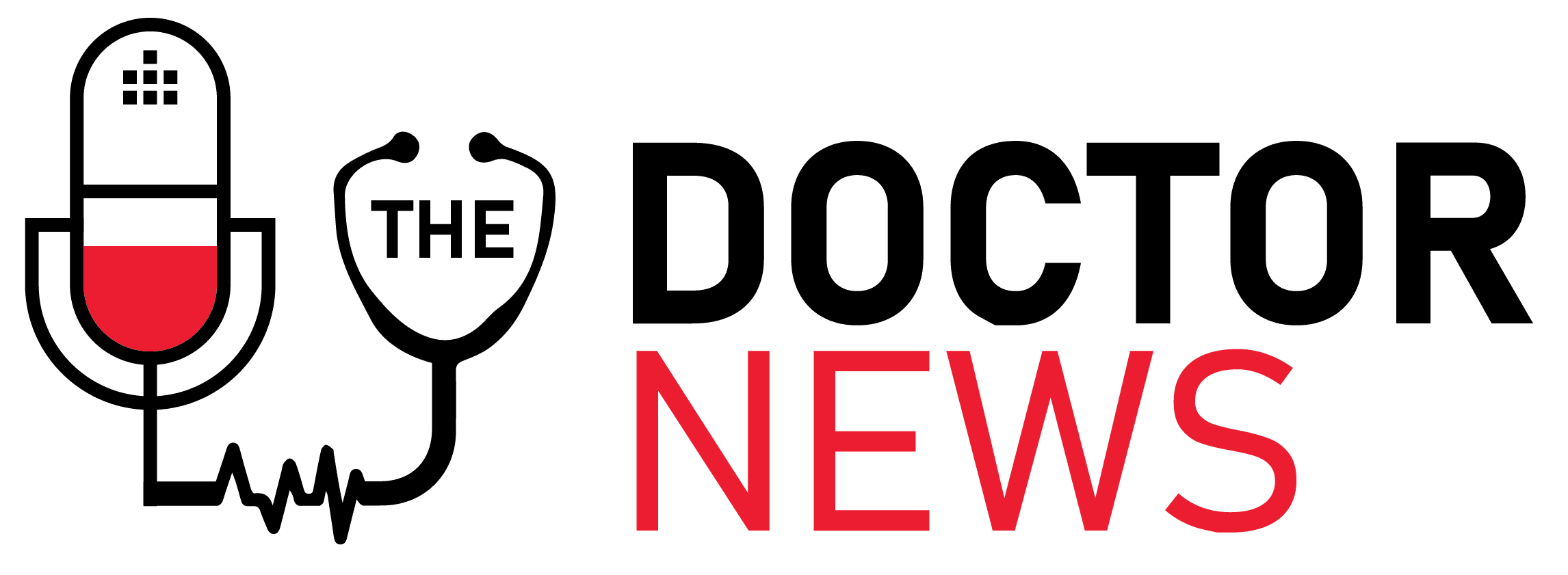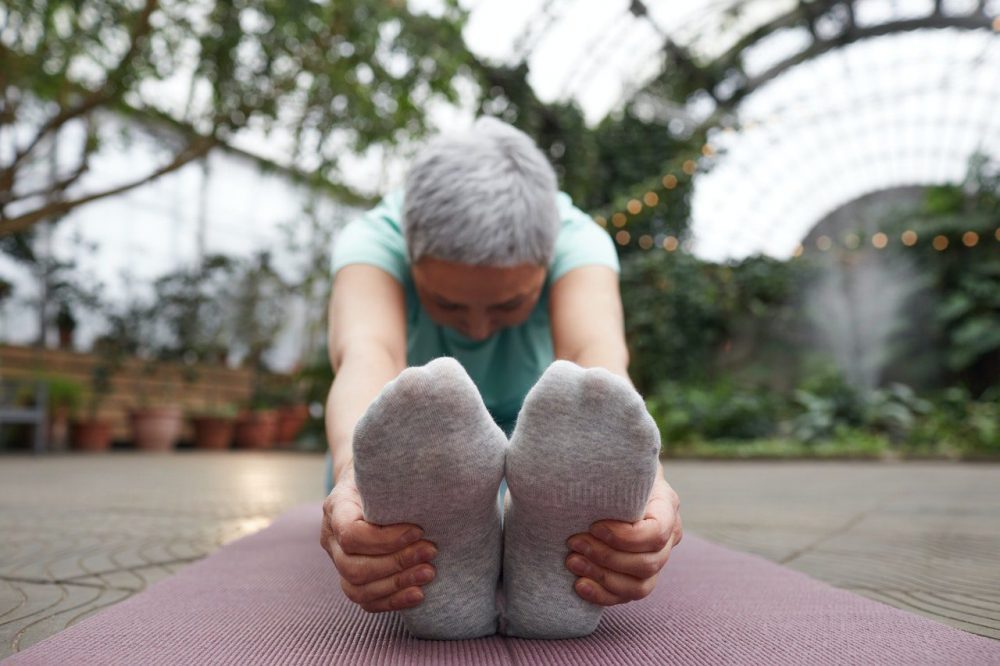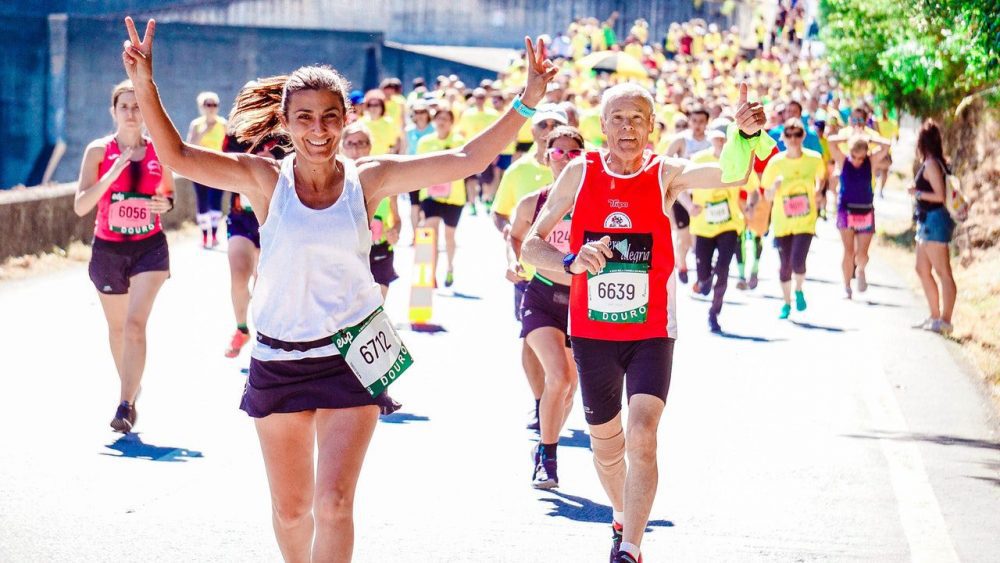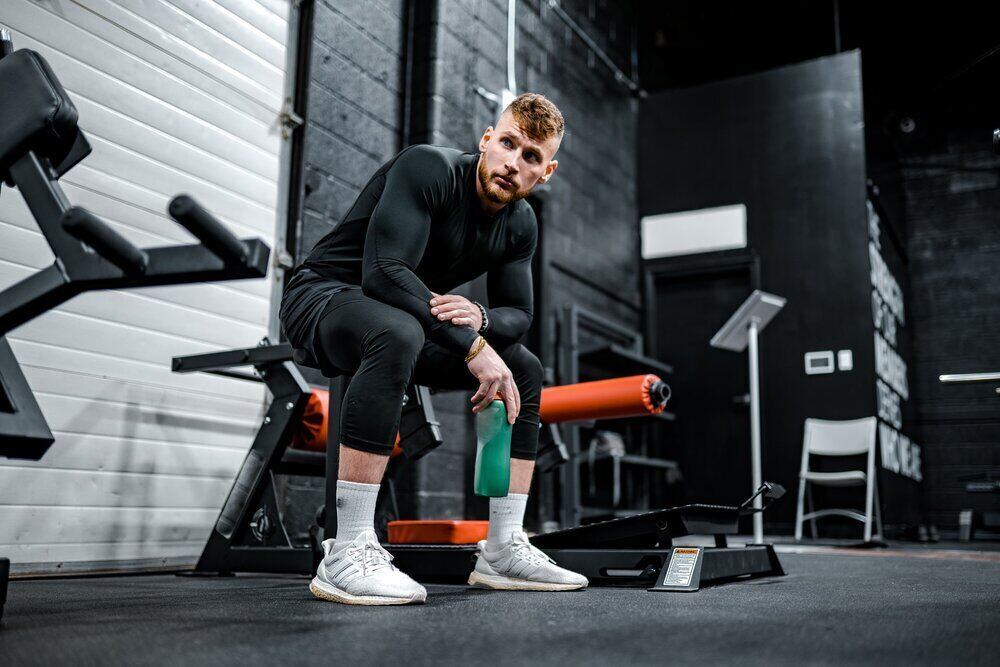The pandemic forced us to stay indoors and made it nearly impossible to hit the gym. However, those of us who are filled with motivation to get fitter have started working out at home.
Whether you're following online fitness classes or looking at YouTube tutorials, working out at home is considered much safer and more convenient. But what can’t be denied is that unlike at gyms where someone can correct your form, working out at home requires you to fix your form with practice and consistency.
Regardless of where you work out, one of the most frequently adopted exercise routines is planking (we’ve all done it at some time). Planking lays the groundwork for most bodyweight exercises and is the ultimate test of body strength. Along with the core, planking targets the arms, back, legs, and glutes and improves your form too.
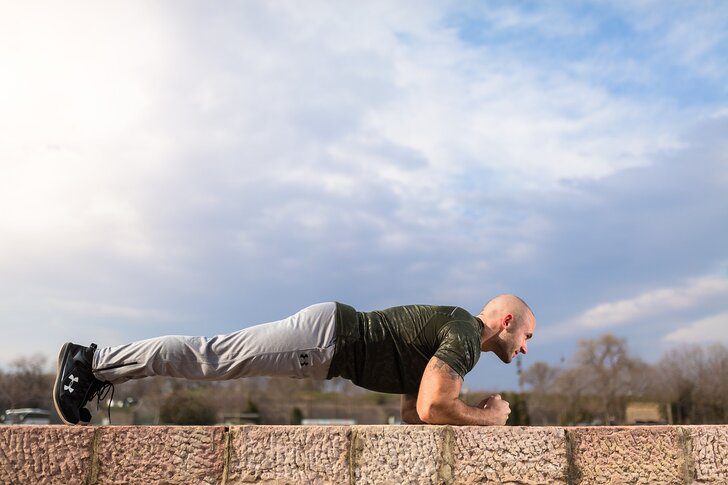
Viktor Ristic/Pixabay | Planking is one of the most frequently done exercises, whether at the gym or at home. But it's beneficial only if you get your form right
What Muscles Are Targeted While Planking?
Whether you’re doing a high plank or low plank, the weight is balanced on your arms and toes, which means a wide range of muscles is targeted. Firstly, planks primarily affect the rectus abdominis, a.k.a six-pack, because it gives the abs definition. This is the front group of muscles of the abdomen that supports the spine and provides support in keeping the organs in that area safe.
Secondly, planks target the transverse abdominis, a.k.a corseting muscles. This group of muscles is responsible for clinching at the waist and providing support to the lower back. If you’re facing pain in the lower back, then these muscles are the culprit. Additionally, planking also engages your upper back muscles, chest muscles, and the muscles that wrap the side of your chest and shoulder.
If your upper body muscles are engaged more, then less pressure is put on the core, and you’re able to hold a plank longer. Furthermore, by gripping the floor more with your finger and hands, your shoulder and back muscles become more engaged. The key to a comfortable plank with no pressure on the neck is a neutral spine.
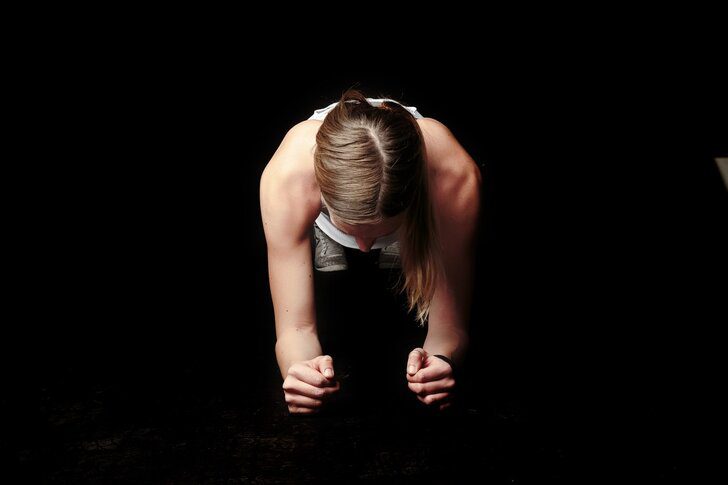
Oleg Magni/Pexels | Planking targets a range of muscles instead of only the abs as most people think
It is a common misconception that the core consists only of abs. In reality, it also includes the hips and lower back. A strong and stable plank works the calf muscles, glutes, and quads.
Since the hips are connected to the lower abs, engaging the hip muscles helps you get the perfect form. By squeezing your hips, there’s more engagement in the core, and the lower back is lifted. Most beginners tend to ignore the role of the hips while planking.
Steps to Get the Perfect Form
Here’s a step-by-step guide to getting that perfect form and most engagement in the muscles
- Place your hands and knees on the floor and get into a tabletop position. Your shoulders should be directly above your wrists, and your hips should be in line with your knees.
- Extend your legs backward, engage your abs, shoulders, back, and glutes, and then hold.
- Make sure your body is flat, and your butt is not lifted. You can always do this in front of a mirror to check out your form.
A modified version of the plank is to balance yourself on your knees instead of lifting yourself to your toes. To do this, get into a tabletop position and then move your hands forward. This way, your head, and knees are aligned at a slant. To engage the glutes and hamstrings, lift your feet towards your butt. Using this modification, you can slowly progress to a forearm plank, in which you need to place your forearms on the ground.
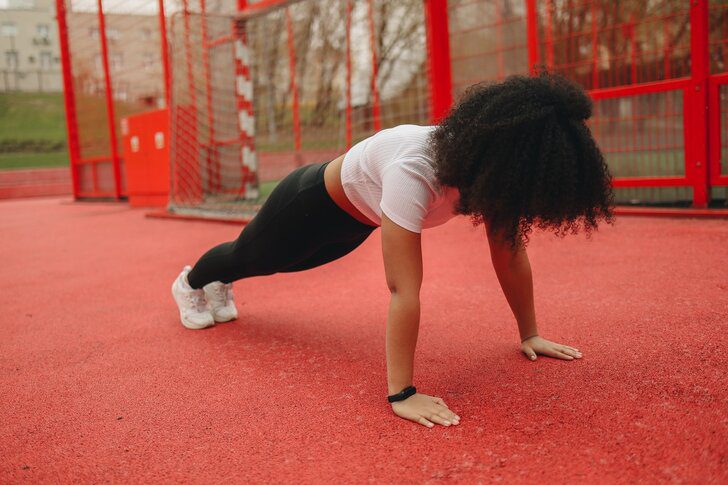
Polina Tankilevitch/Pexels | Another modified version of the plank that you can try
When Will You Get The Perfect Form?
All it takes is practice and consistency. The more you plank, the more strength and endurance you will build up, which will help you get that perfect form. There’s no need to worry or panic if your posture is not that great.
You can always refer to the article, keep the steps in mind and check yourself out in the mirror while doing it. A few weeks and several tries later, we guarantee that you will see an improvement in your form.
